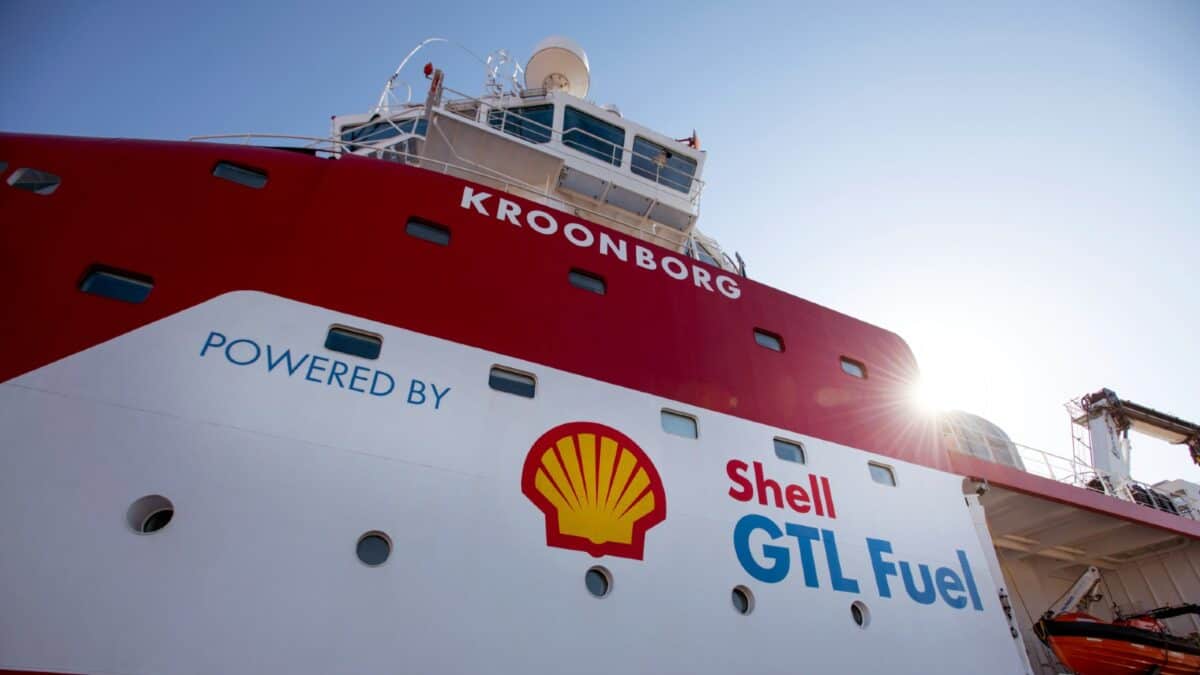The slide in Shell’s (LSE: SHEL) share price over the past year results from two key factors, in my view.
The first was the lower oil price in 2023 than in 2022 — $77.64 per barrel at the Brent benchmark against $94.53 per barrel before.
The second is the view of many investors that the transition to cleaner energy should be done quicker.
Nonetheless, I am looking to add to my existing holding in the company for two key reasons.
First, the stock’s undervaluation against its peers. And second, its optimal positioning for the energy transition should drive growth going forward, in my view.
There are risks in the shares, of course. Pressure to expedite the energy transition could derail Shell’s well-considered strategy. Another is an extended slump in commodities prices.
A gradual energy transition plan
I think the transition to clean energy is going to take a lot longer than many people believe.
The final statement from December’s UN Climate Change Conference mentioned “transitioning away” from fossil fuels. It did not include anything about phasing them out entirely.
It added that net zero emissions remains the target for 2050, but that this must be done “in keeping with the science”.
Shell will reduce its carbon emissions gradually — down 20% by 2030, 45% by 2035, and 100% by 2050.
In the meantime, it will keep oil production at 1.4m barrels per day until 2030. It will also expand its huge liquefied natural gas business.
The ever-changing oil market
Oil prices change constantly, driven by a wide array of supply and demand factors, both actual and forecast.
A key part of 2023’s lower oil price was the uncertain economic recovery of China after three years of Covid. Before this, it had been the world’s largest importer of petroleum and oil for several years.
Ultimately though, it surpassed its 2023 economic growth target of “around 5%” — posting 5.2%. This year it is targeting growth of around 5% again.
Several economic stimulus measures were unveiled in Q4 last year to further boost growth. More were introduced in January.
Increased demand against reduced supply to meet energy transition guidelines is positive for oil prices long term.
Short-term price spikes may come from an expansion of the Israel-Hamas War, much as we hope this will not happen. The World Bank said the Brent benchmark could soar to over $150 per barrel in this event. Currently, it is around $77.
Undervalued against its peers
Q4 2023 results released on 1 February showed adjusted earnings of $28.25bn against consensus analysts’ expectations of $26.82bn. Earnings of $7.3bn beat expectations of $6bn as well.
Despite these numbers, Shell is trading at a price-to-earnings (P/E) ratio of 7.6. This is very cheap compared to the peer group average of 11.1.
The group comprises Brazil’s Petrobras at 3.9, the US’s ExxonMobil and Chevron at 11.2 and 13.4, respectively, and Saudi Arabian Oil at 15.8.
A discounted cash flow analysis shows the stock to be around 28% undervalued at its present price of £24.68. Therefore, a fair value would be around £34.27, although this does not necessarily mean it will ever reach that level.
Added impetus for share price rises should come from a new $3.5bn buyback programme to be completed by 2 May.







